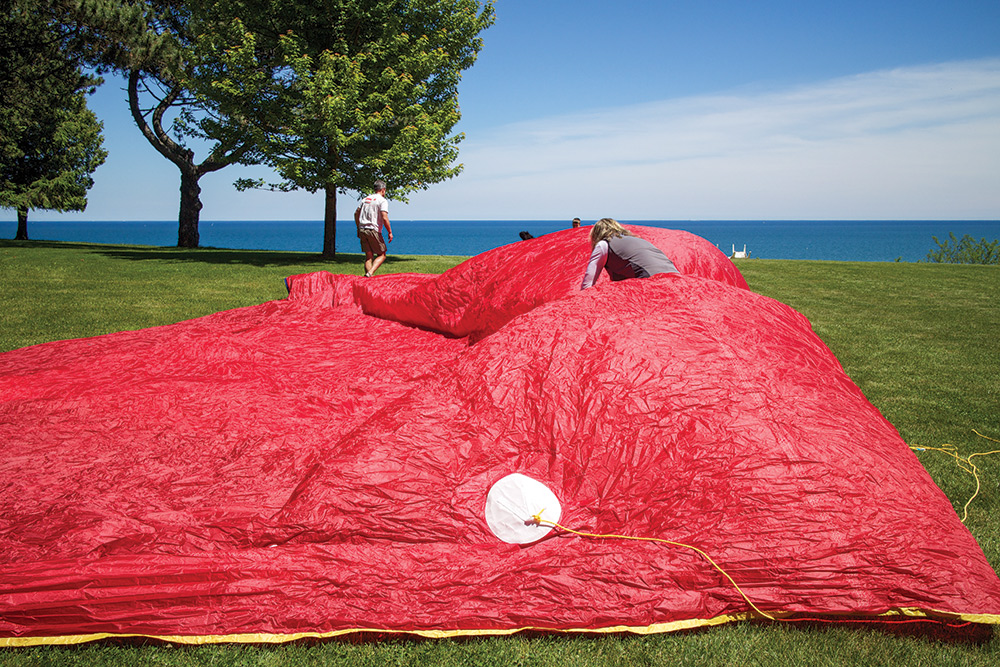Fitting out guide
Get your boat shipshape for the year with our tips for annual maintenance

Check the sails
A sailboat with an engine problem is not good. A sailboat with no working sails can be worse. Find a friend and dedicate an afternoon to an inspection of your complete sail inventory. A wide patch of lawn where you can stretch them out is ideal. On the mainsail and headsails, check the stitching on the rings and webbing straps and inspect sails for wear, particularly in the areas of the spreaders and shrouds. Batten pockets and stitching on slugs and slides should be carefully examined on mainsails as well. Check that all telltales are still attached and replace them if necessary.
Roller-furling headsails with UV covers should be carefully checked as old stitching can break and cause the whole cover to break open. Sailmakers check the fortitude of stitching by using an awl or ice pick to try to pop open a stitch. If it’s in good shape, the stitching won’t break. If it’s in bad shape, it’s time to send the sail to the sailmaker to be restitched.
Spinnakers should be examined for snags and tears and this is easiest to do by floating the sail up in the air to backlight it. Light will shine through weak or torn spots. Very small tears in low-stress areas can usually be fixed with a bit of nylon sail tape but larger tears or those in high-stress areas of the sail should be sent to the sailmaker for a proper repair. Take note of snags and try to figure out how they might be occurring as they can point to errant cotter pins or pinch points on the boat that should be addressed.

Comments